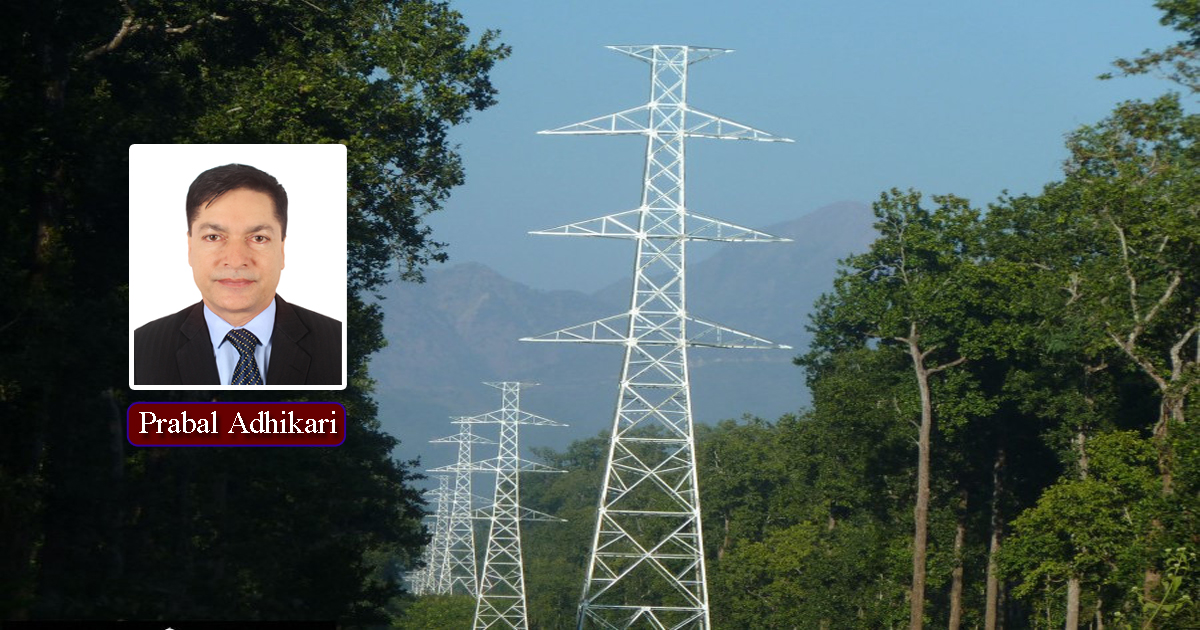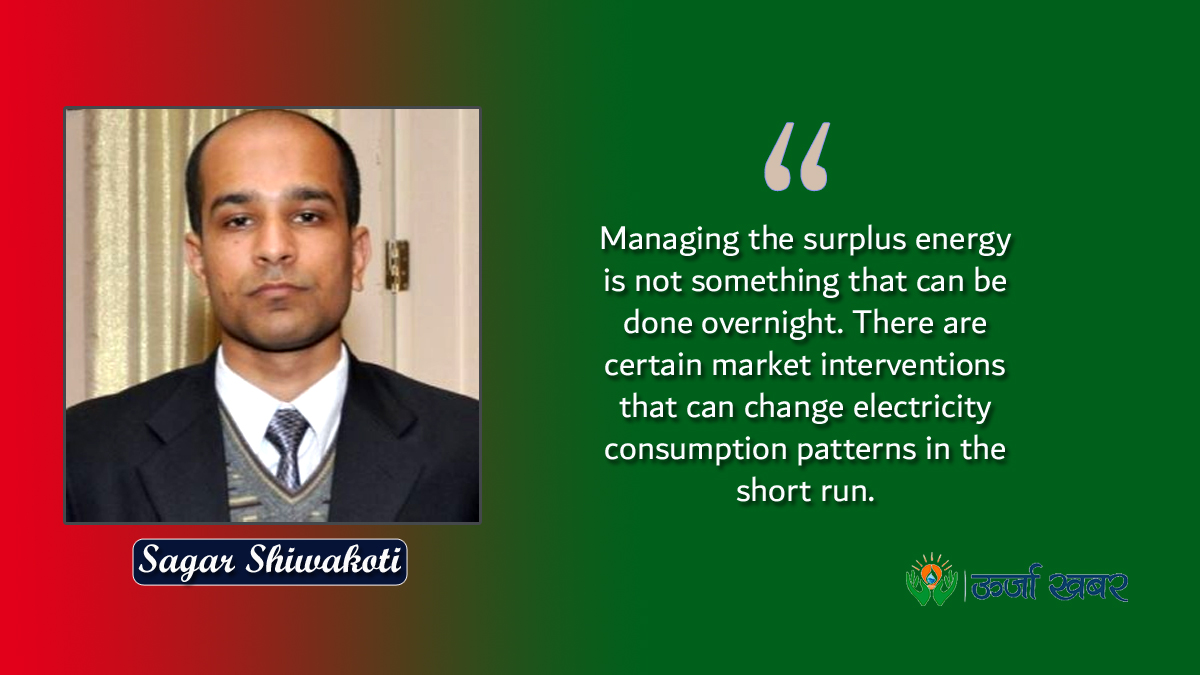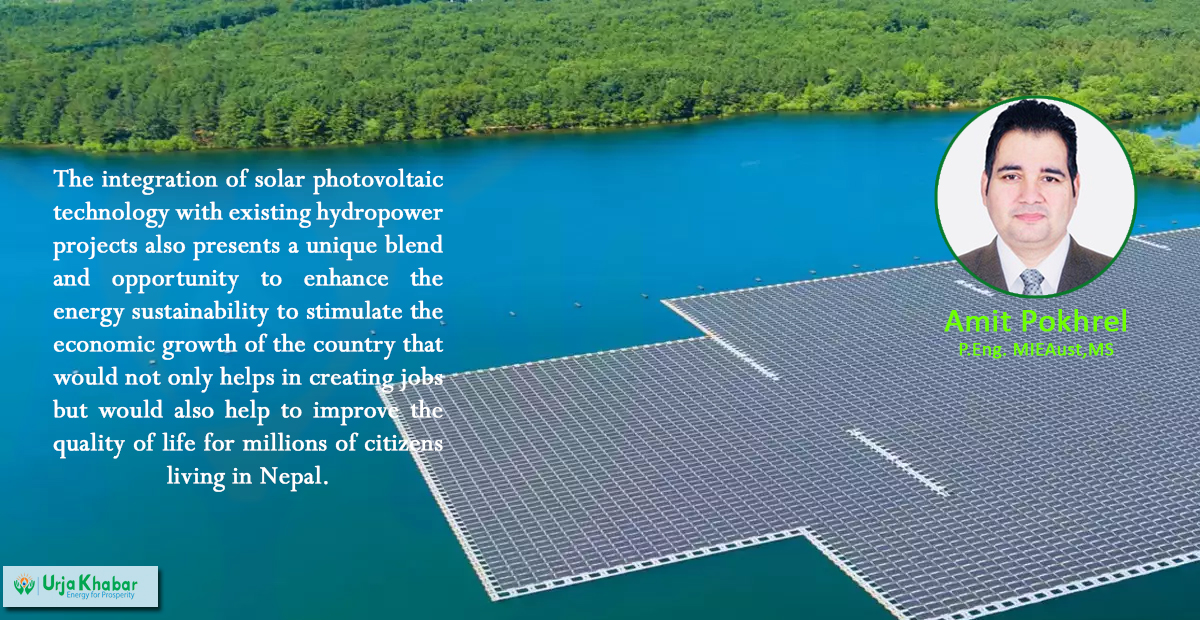Energy Update
The blooming power

Nepal is rapidly transitioning from a nation of chronic energy deficit into a nation of energy surplus. After suffering years of power cuts, Nepal is today on the brink of having excess power to sell–which is estimated to be 364 megawatts during the upcoming monsoon season when the country's hydropower plants generate electricity at full capacity.
This passage from deficit to surplus will signal a paradigm shift in the pattern of cross-border power trade between Nepal and India which, over the decades, defined a one-way power flow—from India to Nepal.

On the strength of this good fortune, Nepal’s hydropower policy should be managed in such a way that the nation’s hydropower megawatts continue to grow year by year so that these ever greater amounts of power and energy can be used, not only to feed Nepal’s rapidly increasing domestic demand, but also to increase the nation’s export far into the future. Such management will serve in the best interests of the economies of numerous nations in the region while also improving the environment of South Asia as a whole.
IEX and Nepal

Other than India, Nepal became the first country in South Asia to engage in day-ahead transactions on the Indian Energy Exchange (IEX), when on May 1, 2021, the Nepal Electricity Authority began importing up to 350 megawatts through the Dhalkebar-Muzaffarpur 400 kV transmission line.
It is noteworthy that Nepal and India actually began bilateral transactions over that line on February 17, 2016 on the basis of a power purchase agreement between the NEA and NTPC Vidyut Vyapar Nigam (NVVN) when it only supported transmission at 132 kV.
On November 3, 2021, the NEA began selling power generated by two Indian-developed hydropower projects—Trishuli (24 megawatt) and Devighat (15 megawatt)—on the IEX on a day-ahead basis using the same transmission line. On January 15, 2022, the NEA also began to import up to 65 megawatts from the IEX’s day-ahead market through the Tanakpur-Mahendranagar 132 kV transmission line.
As surplus power is expected to be available from Nepal’s hydropower stations after approximately the second week of June 2022, Nepal’s trend of power transactions will be reversed by sending power to India. With this export using the IEX’s day-ahead platform—at approximately INR5 per unit for a period of approximately five months—Nepal’s public and private enterprises stand to earn revenues in the amount of approximately INR6,550 million over that period.
With the NEA currently planning to sell its surplus power to India using both the IEX and bilateral contracts, Nepal is also making efforts to export power to Bangladesh.
Potential for power trade
The NEA has signed power purchase agreements for 6,354 megawatts to be generated from 356 projects located in various parts of Nepal, some of which are renewables-based—solar and bagasse (sugar factory-based) plants. In addition to these power purchase agreements, the NEA has also processed power purchase agreement applications from generation stations totalling 11,412 megawatts.
Given that these under-construction projects will continue to be commissioned periodically, the contribution of power from the power purchase agreement-based projects can be expected to increase each year.
However, the prevalence of run-of-river generation stations in Nepal will also continue to result in power surpluses during the monsoon and power deficits during the dry season; and this will require the country to rely on cross-border markets during both seasons.
According to current projections made by studies conducted at the NEA, and taking into account the commissioning of new generation projects in different timeframes into the future, the installed generation capacity to be added to Nepal’s system is estimated to be 851.5 megawatts for the fiscal year 2021-22, 705.4 megawatts for 2022-23, 706.8 megawatts for 2023-24, 551.1 megawatts for 2024-25, 787.2 megawatts for 2025-26, and 976.7 megawatts for 2026-27.
According to forecasts made by the NEA, Nepal’s energy requirement for fiscal 2022-23 will reach 11,258 million units with a corresponding peak load of 1,977 megawatts, whereas maximum power and net energy exports for the fiscal year under NEA simulations will be approximately 613 megawatts and 3,036 million units respectively.
The simulation further shows that within three years, Nepal will, for the first time, be exclusively an exporter of power without any need to import power during the dry season. By fiscal 2025-26, Nepal will have 2,456 megawatts of maximum surplus power and 14,022 million units of annual surplus energy available for export.
However, as things currently stand, the existing cross-border transmission capacity will not be sufficient to carry this power–a second quad moose-based 400 kV cross-border transmission line between Nepal and India, Butwal-Gorakhpur, will need to be constructed.
All the above-cited encouraging statistics, however, come with caveats. The issue of exporting electricity to other countries has raised one of the Nepal’s most contentious debates just at the moment when the country is approaching prosperity’s crossroads. The issue can be easily grasped. Should Nepal strive to be energy independent, or should its goal be to achieve energy security by adopting a policy of interdependence with its South Asian neighbours?
Those who dissent from a policy of electricity exports must be persuaded to endorse the following self-evident truths. First, as a qualitative matter, energy security through cross-border trading is a far better outcome than energy independence because it is less expensive to achieve and because it offers opportunities to enrich the entire region while continuing to grow the local economy.
Second, Nepal will suffer irreplaceable revenue losses if it fails to access export market opportunities. Third, the choice not to export power only makes sense when the country making that choice is able to increase domestic demand to consume all the power it can produce.
While it goes without saying that one of Nepal’s top priorities should be greatly to increase the domestic consumption of clean energy, including with appropriate policy intervention measures, it is also patently evident that the country will never be able to absorb its bounty of generation potential domestically.
Rather than adopting a beggar thy neighbour policy, Nepal should use its excess power to prosper itself as well as the entire region—financially and environmentally.
Conversation

- Info. Dept. Reg. No. : 254/073/74
- Telephone : +977-1-5321303
- Email : [email protected]













